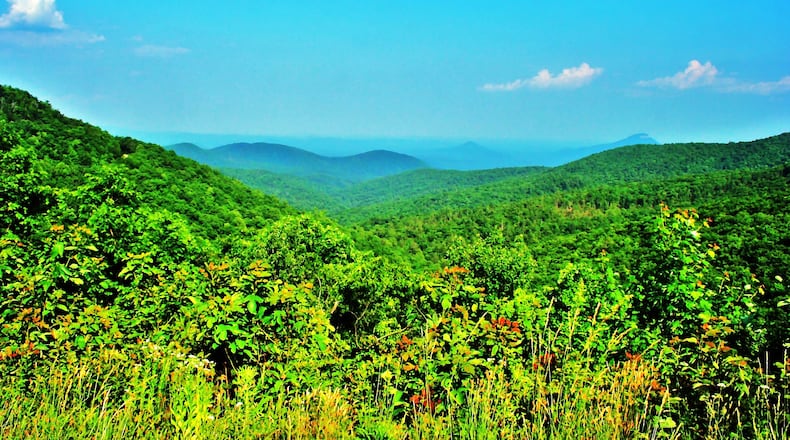America will celebrate the 60th anniversary of the National Wilderness Act, the landmark law that confers the nation’s highest protection on millions of acres of federal land, on Tuesday.
It took eight years and 60 drafts before then-President Lyndon B. Johnson finally signed the Wilderness Act into law on Sept. 3, 1964, creating the nation’s legal definition of wilderness. In the years since, Congress has designated more than 800 wilderness areas comprising some 111 million acres in the nation.
Fourteen wilderness areas are in Georgia, encompassing nearly 500,000 acres — 15th in the nation among states for the percentage of land dedicated to wilderness. In the Southeast, Georgia ranks second (next to Florida) in wilderness protection.
In leading the effort to pass the law, the Wilderness Society said the Act’s purpose was to preserve and protect forever natural ecosystems and wild areas where only minimal human intrusion is allowed. As such, wilderness areas provide opportunities for solitude that uplift the human spirit as well as provide sanctuaries for wildlife.
In wilderness areas, no power equipment is allowed: no cars, ATVs, chain saws or bulldozers. Roads, development, logging and mining are banned. Only primitive recreation and camping are permitted.
“A wilderness, in contrast with those areas where man and his own works dominate the landscape, is hereby recognized as an area where the earth and its community of life are untrammeled by man, where man himself is a visitor who does not remain,” said the Act.
Wilderness areas lie within national forests, national parks and national wildlife refuges. Ten of Georgia’s 14 wilderness areas are in the rugged Chattahoochee National Forest: Blood Mountain (7,800 acres); Brasstown (12,896); Cohutta (36,977); Ellicott Rock (2,021); Mark Trail (16,400); Raven Cliffs (9,115); Rich Mountain (9,476); Southern Nantahala (11,770); Tray Mountain (9,702); and Big Frog (89).
Four others are in the state’s southern half: Okefenokee (353,981); Cumberland Island (9,886); Wolf Island (5,126); and Blackbeard Island (3,000).
IN THE SKY: From David Dundee, Tellus Science Museum astronomer: The moon will be new on Monday. Venus is low in the west at dusk. Mars and Jupiter rise in the east four hours before sunrise. Saturn rises in the east just after dark.
Charles Seabrook can be reached at charles.seabrook@yahoo.com.
About the Author
Keep Reading
The Latest
Featured

